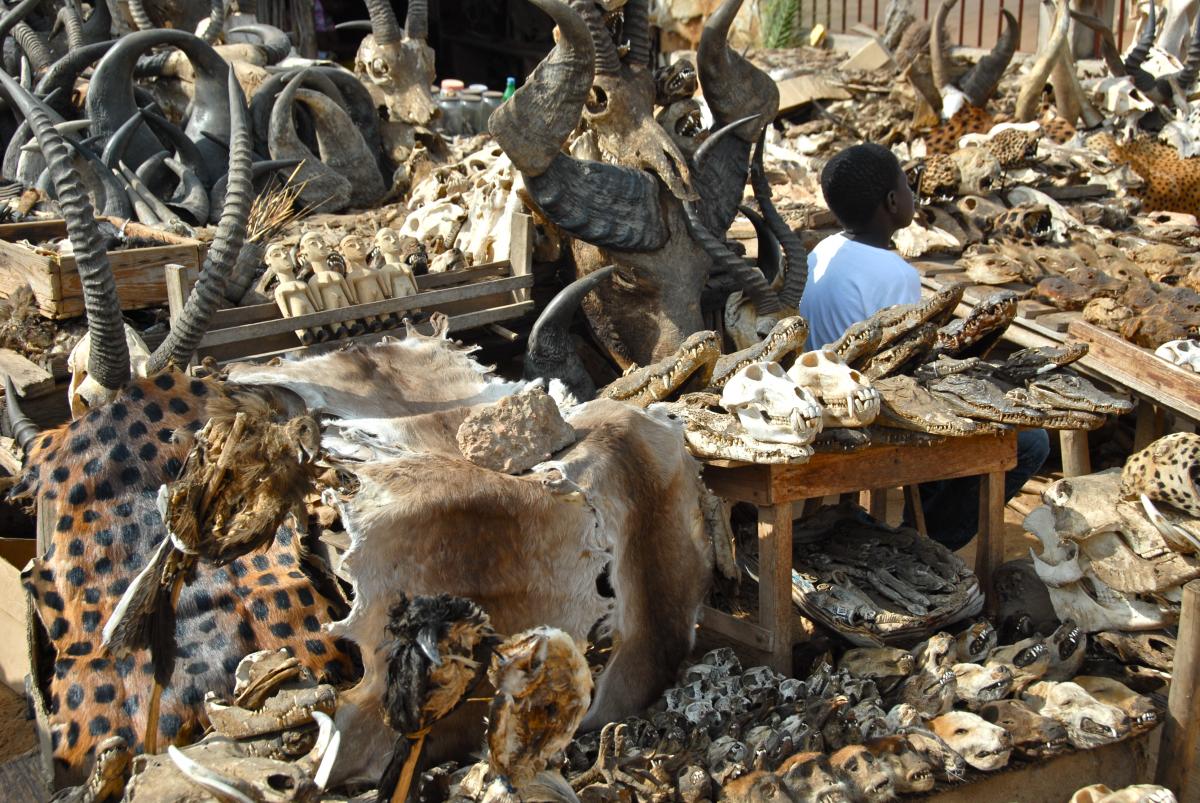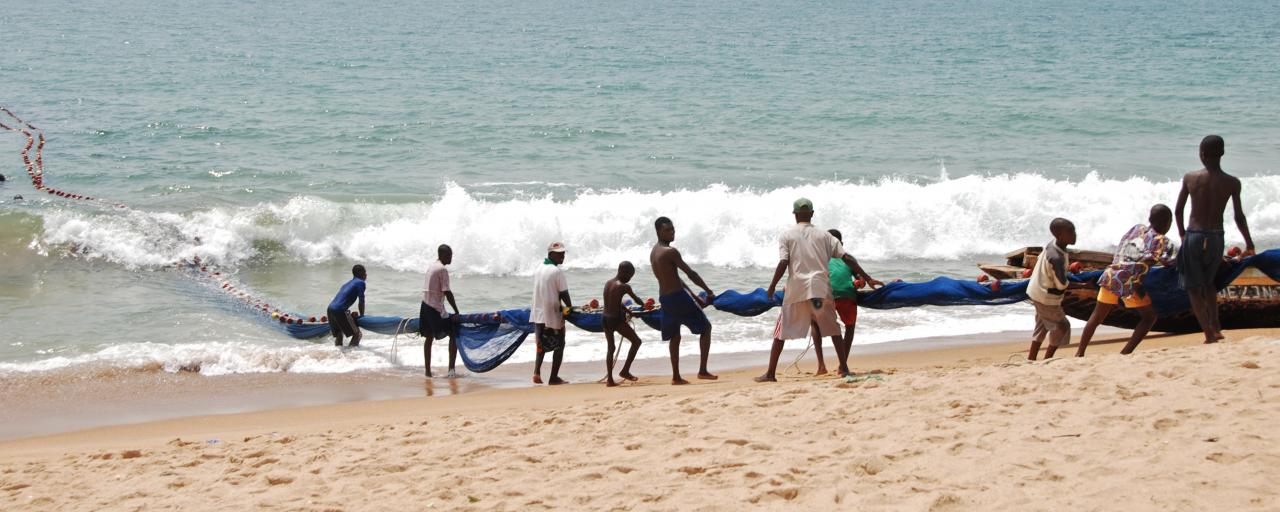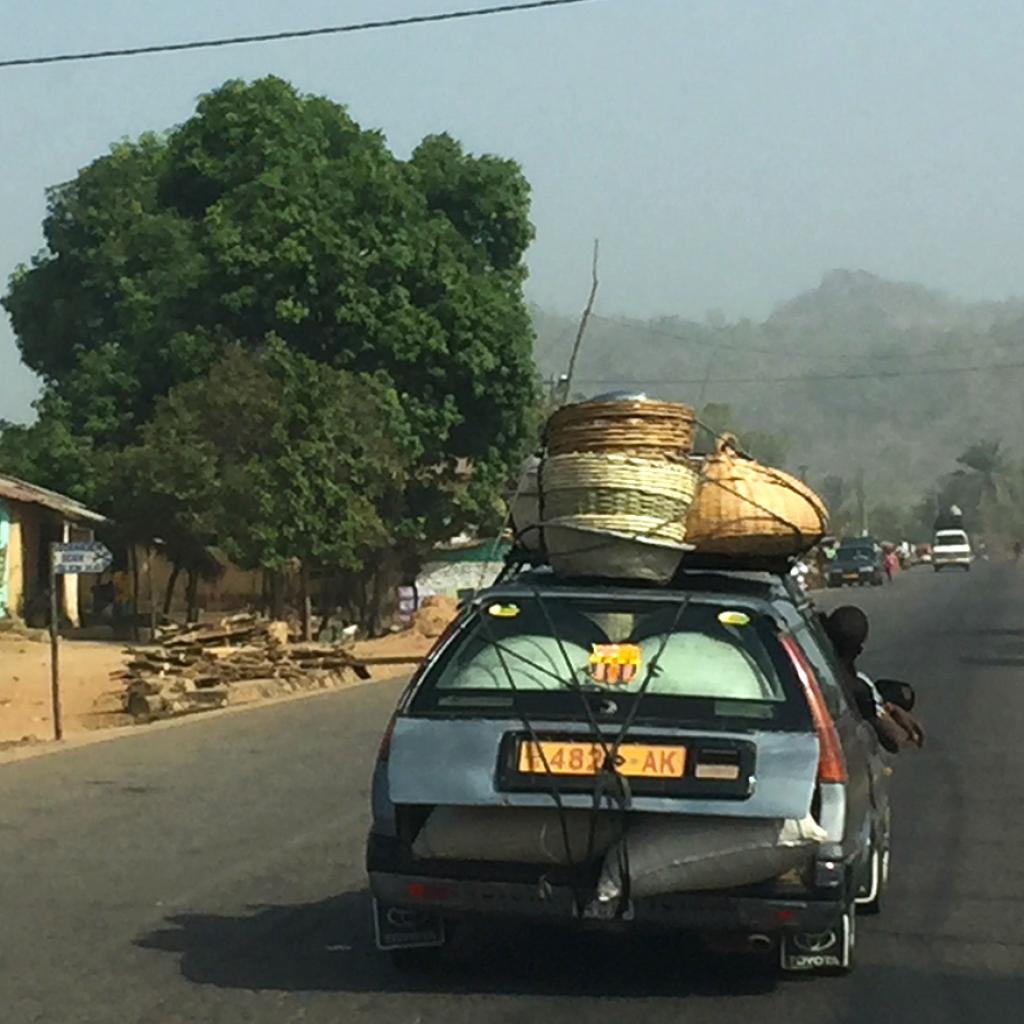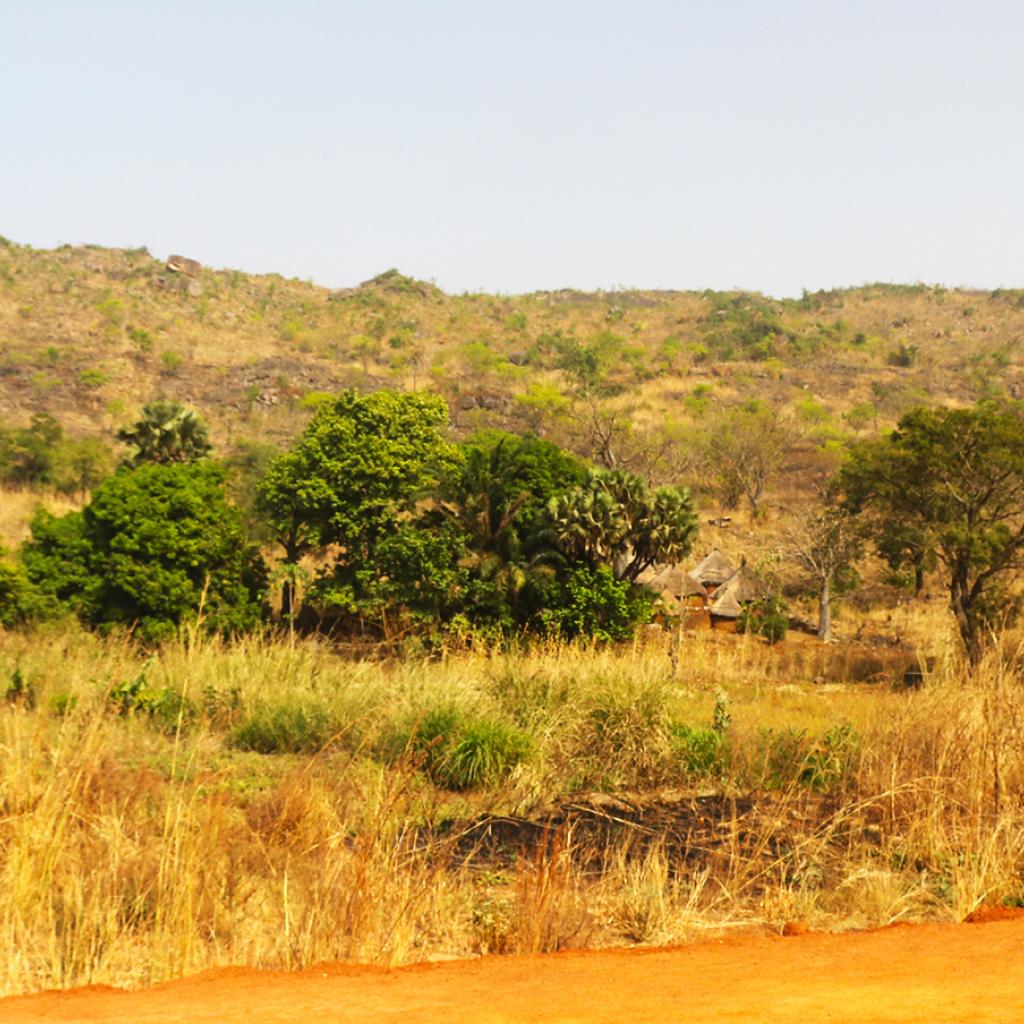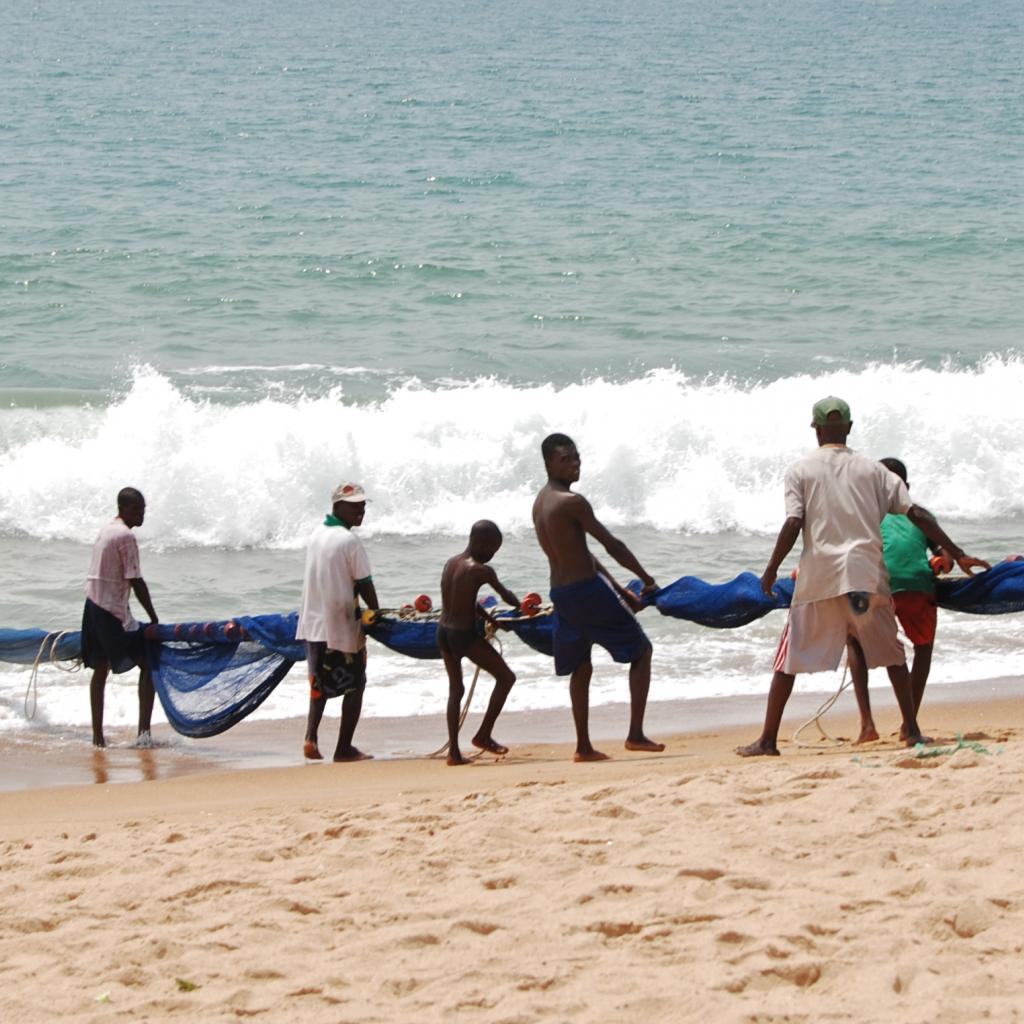Lomé is the capital of Togo and is located on the South-Western tip of the country, in the Gulf of Guinea and on the border with Ghana.
The city of Lomé has 740,000 inhabitants and is the largest city of Togo, its climate is constantly warm all year round, with a sea breeze that makes the perceived temperature pleasant.
Once known as the West African Paris, Lomé is one of the most fascinating cities on the continent, attractive and safe; the capital of Togo is loved by travelers for its artisan markets, its wide boulevards, its vibrant nightlife and palm-fringed beaches.
There are few traditional tourist attractions in the city, but the Musée National offers a vision of the country's culture and history; the collection presents costumes, artifacts, musical instruments, ceramics, traditional medicines, wood carvings and other memorabilia that tell the story of Togo; there is also a vast collection of cauri shells, that were once used as legal currency.
In the Kingdom of Dahomey the cauri were put into circulation by the government, after being united in strings by the king's wives, while, in 1897 in West Africa, a French five-franc coin was worth 2,000 shells.
The Marché des Féticheurs, the fetish market, is the other major tourist attraction of the city and is a must for every visitor; the market can be easily reached by motorbike taxi or cab.
Here are found, and can be purchased, traditional tonics and "bizarre" objects such as heads of snakes, parakeet tails, warthog teeth, porcupine skins, chameleons, horse hairs, donkey skulls and more; these objects are still commonly used by adepts today, during the Voodoo ceremonies and as fetishes to be placed to protect the house or cultivated fields.
Lomé also boasts many quiet beaches, one of the best is Lomé Beach, where the cool ocean breeze offers a respite from the heat; here the fishermen return to shore with the catch of the day and sellers sell snacks, souvenirs and fresh drinks.
To the East of the city is Robinson-Plage beach, a favorite destination for both residents and visitors, even if the waves are strong, the beach is one of the best in the region for swimming.
Even Aneho beach, near the Eastern border of Togo, deserves a visit, rocky outcrops delineate the beach and the waves break strongly, but the coast is characterized by colonial houses and colored flora.
Le Grand Marchè, the big market, is a huge room, you can find everything and, as soon as you enter, you are enveloped in the atmosphere typical of African markets, colorful, noisy and full of people.
Also noteworthy are the Cathedral of Lomé, the Sacré-Coeur Cathedrale, that is close to the Grand Marché, and the monument to independence.
Street food is delicious and abundant in Lomé, and you can get a large plate of paté or rice at a very low cost; there are also a number of excellent restaurants throughout the capital.
When the sun sets, the city comes alive and the local people love to have fun in the bars and nightclubs.
For a more relaxed evening, the beaches near the border with Ghana provide a friendly atmosphere, the beers are cold and the tropical rhythms do not stop until the early hours of the morning.
The locals love Tchouk, a millet beer produced in the city, as well as palm wine and the "bathtub" or togolese hooch bathtub, a kind of homemade gin.
The term "bathtub" derives from the fact that in the past it was thought that the gin was homemade, using a large tub where they were placed to macerate alcohol with sugar and spices, although in reality distillation requires a process for which closed containers are used, so the term is used erroneously; another version instead reports that the tubes of the tubs were used to contain the distillate, this for a twofold reason: it contains more liquid than a bottle and is also easier to "hide" from prying eyes.
